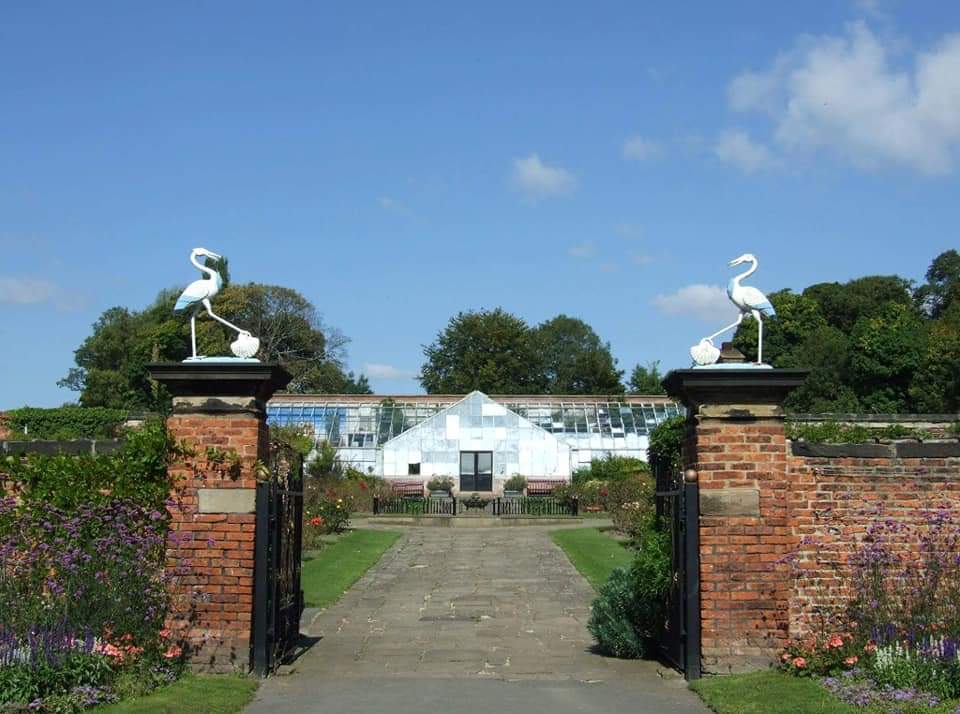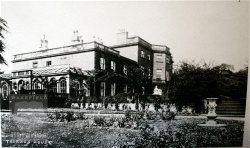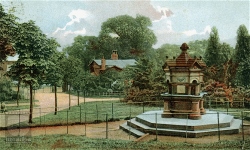Thornes Park is the biggest of all three parks and is where most of the attractions are situated.

The most popular are the rose gardens, conservatory, lake and the aviary.
The sporting facilities can be found in Thornes Park, these include the bowling greens, tennis courts, putting green and pitch and putt, as well as Football Fields and changing rooms.
Visitors will also find a state of the art skate park and large children’s play area and if this was not enough, it is also possible to take a ride on miniature steam trains.
Wakefield council also house their Athletics Stadium here. www.wakefield.gov.uk

The Friends of CHaT Parks have added to the parks in recent years, restoring a large, old, formal garden that had been abandoned for over a quarter of a century. The Secret Garden can be found in between the stadium, nurseries and college site and the best pedestrian access is off Gill Sike Road.
History:

Thornes House was built between 1779 and 1782 to a design by the Horbury-born architect John Carr for the cloth merchant and later Member of Parliament, James Milnes. The house had a 200 feet facade and was considered one of the most imposing in Wakefield. On his death the house was passed on to his relatives. The final occupant of the house was Charles G. Milnes Gaskell, M.P. for Morley and the chairman of the original body of Parks Trustees. In the First World War his wife, Lady Catherine, proposed that the house be used as a military hospital. Following his death in 1919, Wakefield Corporation bought the house and land and on August 2nd 1924 the estate was opened for public recreation by the Mayor, Alderman John Tennant.
In 1922 Thornes boys and girls secondary schools moved to the Thornes House and in 1944 the school became Thornes Grammar School. The original building was destroyed by fire in 1951 but was rebuilt and reopened in 1956. In 1992, the Thornes House site then became part of Wakefield College which includes the Wakefield Arts Centre.
[Source: by kind permission of Wakefield Libraries and Museums, www twixtaireandcalder.org.uk]



















 The park is actually 3 parks: Land at Lowe Hill was given to the city and Clarence Park was opened in 1893. Then the owner of Holmfield Estate died the estate was bought by the Corporation and opened in 1919 as Holmfield Park. In 1924 the Council bought the Thornes House estate and opened Thornes Park to the public in 1924.
The park is actually 3 parks: Land at Lowe Hill was given to the city and Clarence Park was opened in 1893. Then the owner of Holmfield Estate died the estate was bought by the Corporation and opened in 1919 as Holmfield Park. In 1924 the Council bought the Thornes House estate and opened Thornes Park to the public in 1924. Land at Lowe Hill was given to the city and Clarence Park was opened in 1893. There are many attractions in this park including the Bandstand, Pavilion and matching shelters. There is also the lodge and the steep hill which provides seating when bands perform at the bandstand.
Land at Lowe Hill was given to the city and Clarence Park was opened in 1893. There are many attractions in this park including the Bandstand, Pavilion and matching shelters. There is also the lodge and the steep hill which provides seating when bands perform at the bandstand.


